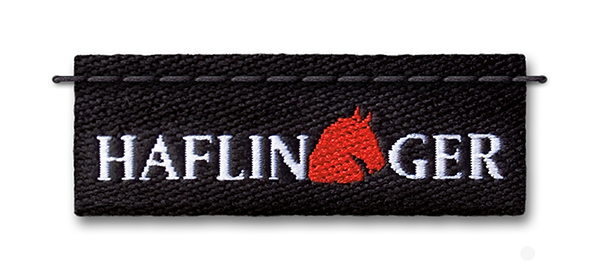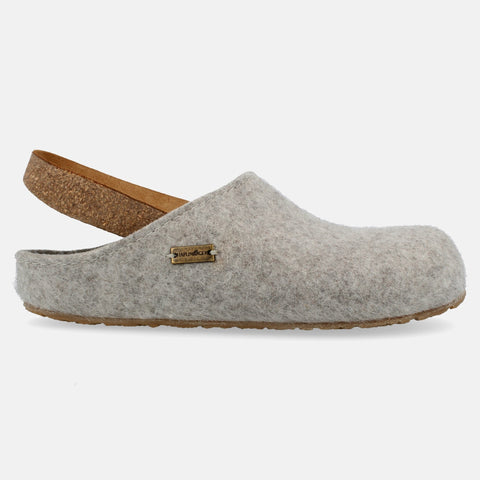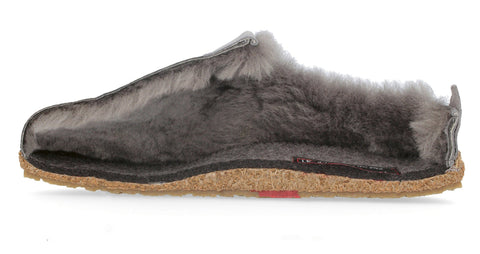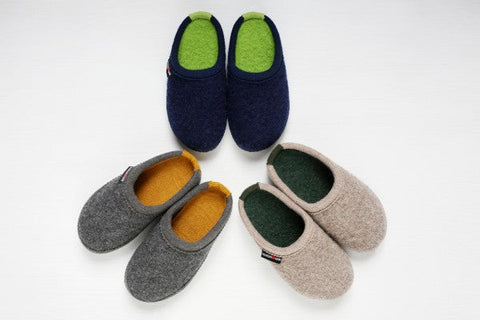Our feet carry us every day, bearing the weight of everything we do. While they are naturally built for this purpose — a true masterpiece of muscles, bones, and delicate tendons — they sometimes need extra support in the form of a well-designed footbed or insole.
What Types of Footbeds Exist?
A footbed not only helps prevent or correct foot misalignments, but it also provides an extra level of comfort. Positioned between the shoe and your foot, a footbed can regulate temperature, improve the fit, and support tired feet throughout the day.
To help you choose the perfect one, we’ve created this guide to the different types of footbeds and insoles.
Supportive and Cushioning Footbeds
There are three main types of footbeds, each designed to serve a specific function for your foot health:
- Supportive footbeds
- Cushioning footbeds
- Corrective (orthopedic) footbeds
A supportive footbed relieves pressure on the feet and improves posture by guiding natural motion while walking. Cushioning footbeds stabilize the joints and absorb impact — perfect for people who stand or walk for long hours, such as those in healthcare, hospitality, or childcare. They’re also ideal during pregnancy or when wearing less supportive shoes. And even with good insoles, remember: barefoot walking is always beneficial!
Corrective and Orthopedic Footbeds
Corrective or orthopedic footbeds are medically prescribed and customized to the wearer’s individual needs. They help treat common foot conditions such as:
- Flat foot: The arch collapses completely, causing the entire sole to touch the ground.
- Splay foot: The front of the foot becomes wider due to a weakened transverse arch.
- Hallux valgus: A painful inward bend of the big toe, often linked to splay foot or tight footwear.
- Heel foot: The foot bends upward, forcing pressure onto the heels.
Interchangeable Footbeds – Flexible Comfort for Every Shoe
Interchangeable footbeds can be removed and replaced in any shoe. Anatomically shaped models adapt perfectly to the natural contours of your foot. They’re not only for medical use — even shoes that don’t fit perfectly can be improved with the right footbed. Haflinger house shoes with removable cork-latex footbeds are especially popular for their comfort and flexibility.
When choosing, pay close attention to the materials. At Haflinger, we rely on natural materials such as pure wool felt made from 100% virgin sheep’s wool — it’s:
- Skin-friendly and soft to the touch
- Self-cleaning
- Temperature-regulating
- Breathable
- Odor-resistant
Cork-Latex and Thermal Footbeds
As we age, the natural fatty padding under our feet — which absorbs shock — becomes thinner. Cork-latex footbeds help compensate for this and gently cushion each step. Thermal footbeds, on the other hand, are great for year-round comfort — keeping feet warm in winter and cool in summer. They’re especially ideal for children’s shoes, as kids’ feet tend to sweat more than adults’.
Load vs. Rest – Finding the Right Balance
Experts often debate whether feet need more support or more freedom. The truth lies somewhere in between. A balanced approach — supportive insoles combined with flexible shoes or occasional barefoot walking — helps maintain strong, healthy feet.
Haflinger: Naturally Comfortable Footbeds
Healthy feet are key to overall wellbeing. That’s why Haflinger shoes are equipped with anatomically shaped, supportive cork-latex footbeds that ensure lasting comfort, stability, and natural movement. Combined with breathable wool felt and other sustainable materials, they embody our philosophy of natural comfort.
Haflinger – naturally crafted for happy, healthy feet.





Comments (0)
There are no comments for this article. Be the first one to leave a message!